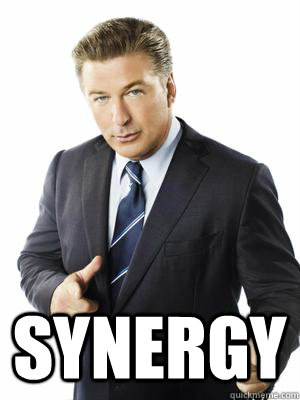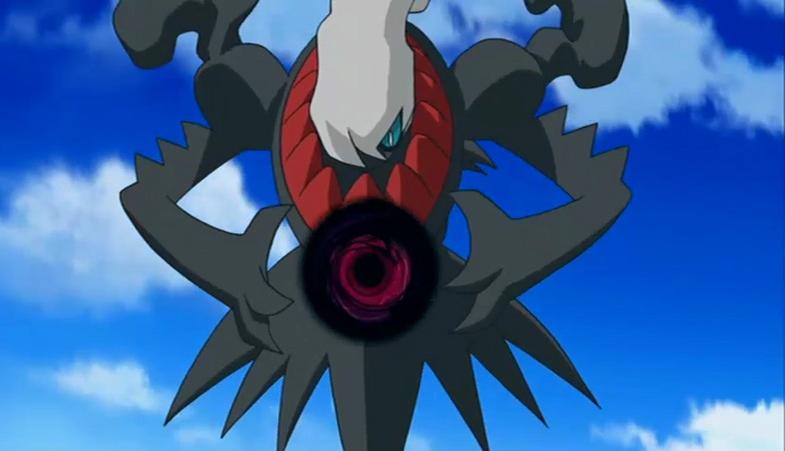Researching the 2019 Thailand National Championship Jirachi
Pictured is the 2019 Thailand National Championship tournament participation card - Jirachi. The card was given to players that participated in the 2019 Thailand Pokemon TCG National Championship, a two-day event held on December 7-8, 2019 at True Digital Park in Bangkok.
No one seems to be talking about this card, so I thought I would shine a spotlight on what might be the rarest card printed to date in the Thai version of the Pokemon TCG.
That's a big claim and big claims require big evidence, so let me take a step back and discuss how I became aware of this card, and the results of my efforts to research the card to-date.
Background
For those surprised to learn of a Thai version of the Pokemon TCG, fear not, the official launch of the game in Thailand occurred fairly recently (January 2019) and I myself only just learned of this development from a friend on instagram. The game has an official Thai website, and official social media outlets, including a Thai facebook page, and an instagram account.
As I started digging into the Thai version of the game, I began searching for Thai Pokemon cards on eBay, which is where I first encountered this Jirachi promo listed by two separate sellers. The card's stamp piqued my interest, so I started scouring the Thai facebook page and instagram account for more information. The social media presence of the game is still growing (with only around 6,000 instagram followers and 16,000 facebook followers (those numbers were even fewer at that time I discovered the card) at the time of this writing) so discovering information about the card through social media channels was difficult, as no one was separately posting pictures of this card or describing the means by which it was acquired. That being said, my deep dive into the official instagram and facebook pages did yield some interesting results.
Information about Jirachi and the Thailand National Tournament
The images above come from the official Thai facebook page of the game. These were among the first advertisements I could find describing the national tournament event.
From what I could gather based on the game's social media accounts, the national tournament was held over a period of 2 days at True Digital Park in Bangkok. The tournament was broken into two stages, with day 1 serving as an initial Swiss qualifying round to narrow the total number of contestants down to 64, and day 2 serving as a single elimination knock out round until a final champion was selected.
We know from a November 12, 2019 facebook post that a maximum of 512 participants were originally anticipated to be eligible to participate in the Thai National Championship. In reality, the game is still new in Thailand and is still growing in popularity, and the 512 maximum participant cap was never reached. This was confirmed in a December 3, 2019 facebook post that broke down the players eligible to participate in the National Championship. These included: 212 players who placed 1-4th in Gym Battle tournaments, 78 players who received invitations through the 2nd Town League event held on November 30th, and 2 youtube players who received a special invitation to participate, for a total of 292 maximum eligible participants.
While 292 total players were eligible to participate, not all 292 players attended the event. Based on the official Day 1 results of the event (which were also posted to facebook), only 207 players actually participated in the tournament.
With 207 total participants, does that mean that only 207 cards were distributed?
Possibly, but there are a few areas where more information would be helpful.
Outstanding Qs and Limitations
First, let's discuss limitations.
1. I do not speak or read Thai and as a result, my understanding of these events relies heavily on google translate and facebook translate, so it is entirely possible things will be lost in translation.
2. I have reached out for more information from the official Thai social media accounts as well as one of the Thai social media influencers who participated in the event, and have received no response. Please do not flood their inboxes asking for more information because of this post.
I call on anyone interested in this topic to add on and supplement the information I've been able to uncover to date.
Now, let's discuss open questions.
Q1. The second image advertising the National Championship identifies a number of side events and a promo card for participating in a learn to play tutorial, was the promo card given at the side events also Jirachi?
A1. It is possible, but unlikely. First, by way of background, a number of side events were offered to spectators of the National Championship. These included: 1. a learn-to-play tutorial event, 2. a free battle event, 3. a trade zone event in which players could look at cards for the game and trade with each other, 4. a concert featuring pop start Ice Siam Dream, 5. a meet and greet with Pikachu and Eevee, and 6. a social media influencer special battle. Events were also held focusing on Pokemon Go and the Pokemon Video Games, but I have found no information to indicate that prize cards were awarded for participating in these separate events.
We know that participation in the side events would result in the accumulation of points that could be exchanged for different prizes. A list of these prizes, along with the points required to purchase them, are below (image taken from instagram).
From the list of side event prizes, it is clear that special promo cards could not be obtained by redeeming points accumulated by participating in the side activities. In fact, other facebook posts indicate that the only side event for which a promotional card was awarded was the tutorial learn to play event, but no mention is made of what card was awarded for participating.
Is it possible that this card was Jirachi? Yes, but since tutorial events were a major push of the current Thailand launch of the game and these events already had their own prize pool, it is more likely that the promo awarded for participation in the tutorial event during the National Championship came from that pre-existing prize pool. Again, I have no definitive proof of this, it is just my educated guess based on the information I have been able to find to date.
Q2. Are there staff versions of Jirachi?
A2. I do not know. Thus far, I have been unable to find staff versions of any Thai promotional cards (including Jirachi), so staff cards simply may not exist in Thailand or they may exist but I just have been unable to find them. I also do not have any information regarding what compensation tournament organizers and judges received for participating in the event. Employment laws vary widely from country to country, and it is possible that the organizers/judges received actual compensation for their participation in the event instead of cards, but I do not know (1) how many organizers helped with the event, (2) how many judges participated, or (3) what compensation they received.
Q3. How many copies of Jirachi were printed?
A3. I do not know, but given that the original estimate of the maximum number of players was 512, and the possibility that cards were awarded to tournament organizers/staffers, plus some extras just in case, my best guess is that the total number of cards printed is well below 1,000 - assuming that Jirachi was not awarded as a promo for side event participation. If Jirachi was a side event participation prize (which, at the time of this writing, I find unlikely), then we should expect the number to be higher.
Q4. How may copies of Jirachi were distributed?
A4. Based on the official day 1 results, at least 207 copies were distributed. More may have been distributed if Jirachi was distributed at side events (unlikely) or awarded to event organizers and judges (unknown).
Q5. How rare is this card?
A5. Given the low number of participants in the tournament, the short duration of the event, the fact that it was essentially held in a mall over a two day period, the fact that the game is still only starting to grow in Thailand, the relatively small social media following of the official Thai social media accounts, and videos of the event showing a small number of attendees, this is likely an extremely rare card with a very small distribution - perhaps on par with or even rarer than the Japanese unikarp.
Conclusion
The foregoing is all of the information I have been able to gather to-date, along with a list of outstanding questions and gaps in my ability to research this card. If you are able to find additional information, I encourage you to reach out to me on my instagram account (www.instagram.com/thecardpletionist), on reddit with the same username, or by leaving a comment below (but note that I check this blog somewhat infrequently). I will be posting this information on the efour pro boards and the pkmntcgcollecting subreddit as well to help make sure the community is informed of this relatively new trophy card, and I will update this page as more information becomes available.



















































